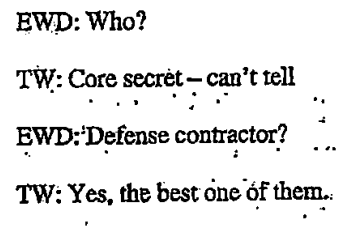
Summary
In spring 2019, a document surfaced on the internet that seemed to confirm some of deepest conspiracy theories surrounding the U.S. Government with regards to UAP.¹
The document appeared to be the notes of a conversation that a physicist named Eric Davis took after having met with Thomas Wilson, a former U.S. Navy admiral who had recently stepped down as Director of Intelligence for the U.S. Department of Defense.
Davis has not commented on the authenticity of the document, and Wilson has denounced it as “fiction.”²
Whether true or false, the document, often called the Wilson Memo, the Davis-Wilson Memo, or the Core Secrets Memo, tells the story of two right-minded insiders attempting to penetrate a secret cabal that guards crashed UAP spacecraft.
Despite its lack of verification, the document has thus taken hold amongst many who believe that the U.S. Government is concealing knowledge of extraterrestrial technology.
Davis and Wilson
An exploration of the claims embedded in the Wilson Memo first requires an introduction to its main players, Eric Davis and Thomas Wilson.
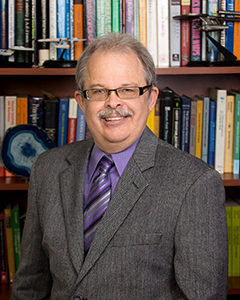
Dr. Davis
Dr. Eric Davis is an astrophysicist. Since earning his PhD from the University of Arizona, Davis has held a series of teaching positions at universities around the southwestern U.S., most recently at Baylor University in Waco, Texas.
At the same time, as a civilian contractor with the U.S. Air Force, the National Aeronautics Space Administration, and the Department of Defense, among others, he has investigated the application of theoretical physics to weapons and propulsion technology.
That work has involved the science of weaponized laser beams, nuclear propulsion, energy beam propulsion, teleportation, wormholes as transportation, faster-than-light travel, often called warp drive or hyperdrive, and antigravity.³ With the exception of weaponized laser beams, which after decades of development appear to be nearing practicality, these fields of inquiry have yet to produce usable technology.⁴ Stated more generously, Davis works far beyond the cutting edge:
Nuclear propulsion is real, but subject to substantial engineering hurdles.⁵ Teleportation exists, but only on a non-material, subatomic scale.⁶ Traversable wormholes, antigravity and faster-than-light travel might be possible, pending major provisos to our model of physics.⁷
The gist of it all, Davis says, is to break from the bounds of Newtonian physics and discover what quantum field theory can do for human interstellar travel. In other words, Davis is a physicist who is trying to create a spaceship of the style one sees in science fiction.⁸
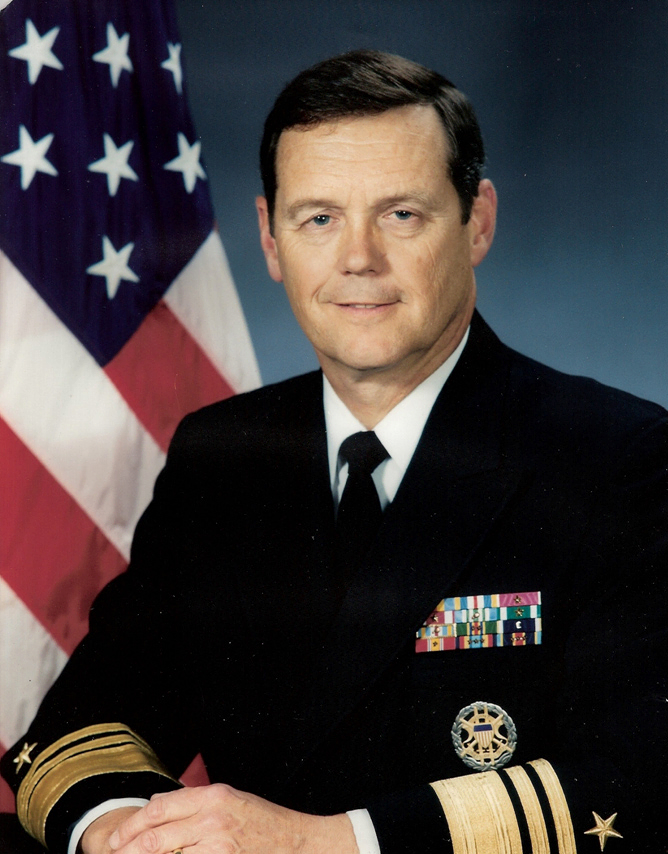
Admiral Wilson
Thomas Wilson, in comparison, has followed an earthbound path.
Wilson started off in 1969 as a naval intelligence officer with a U.S. military installation to defend Taiwan from the People’s Republic of China.⁹ In Washington D.C. a few years later, he served as a specialist on China’s military capabilities. Soon after, stationed in Iceland, he turned his surveillance to Soviet submarines. He would eventually surveil the entire Atlantic as the Director of Intelligence for the Atlantic Fleet. Wilson then coordinated intelligence for combat operations in Desert Storm, served as a naval liaison to the Central Intelligence Agency, entered the Defense Intelligence Agency in 1998, and within a year was the Director of the DIA under President Bill Clinton.¹⁰
By all appearances, Wilson moved up from ensign to lieutenant and from captain to admiral with a singular focus of discovering who has what weapons and what might they do with them.
Within the memo
Connection
The Wilson Memo appears to be notes taken by Davis following a meeting with Wilson just outside of Las Vegas on Oct. 16, 2002. The notes present a surprising level of specificity — 15 pages full of dates, complex events, long institutional acronyms and a multitude of named actors, complete with remarks on Wilson’s emotional reactions and asides — such that a reader could reasonably assume that Davis, if the memo is authentic, not only taped the meeting, but went over the notes to ensure a meticulous level of detail.
To start, the notes indicate that the two men met at 10:10 am, ten minutes later than scheduled, outside of the highly classified “Janet Terminal,” which was operated by the now-defunct defense contractor EG&G, at McCarran International Airport, now Harry Reid International Airport. According to the memo, Wilson pulled up in a car driven by a naval petty officer. Allegedly, the car also carried a naval lieutenant and commander, both in full dress, while Wilson was in civilian suit.¹¹

According to notes, the navy officers entered the building for a meeting, and Davis got in the car for what would become a one-hour and ten-minute conversation with Wilson.
The two had allegedly connected through a man named Oke Shannon, the former program manager at Los Alamos National Laboratory,¹² who allegedly vouched for Davis and convinced Wilson to reveal to the theoretical physicist a strange and troubling story.
The story begins at the Pentagon.
Meeting at the Pentagon
According to memo, an unusual meeting took place on April 9, 1997 in a conference room at the headquarters of the U.S. Department of Defense outside of Washington D.C., more commonly known as the Pentagon.
That day, Dr. Stephen Greer, an emergency room physician and “ufologist,” Dr. Edgar Mitchell, an Apollo 14 astronaut and the sixth person to walk on the moon, and a Navy commander named Willard Miller made a presentation, according to the memo, to an audience that included Admiral Michael Crawford, General Patrick Hughes, who was the Director of the Defense Intelligence Agency (DIA), and Vice Admiral Wilson, who was then the head of intelligence for the Joint Chiefs of Staff and next in line to head the DIA.¹³
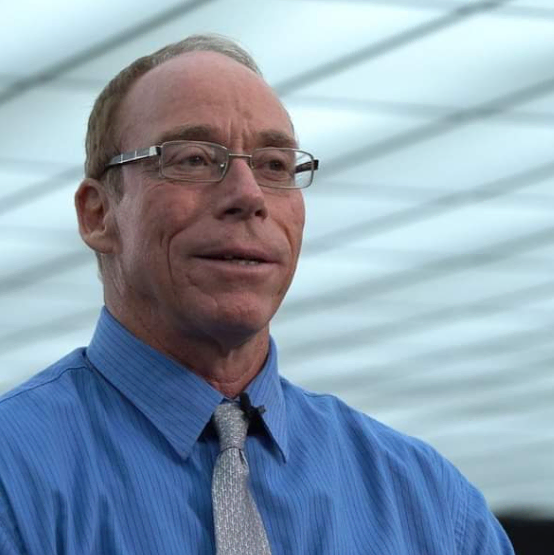
What exactly Greer, Mitchell and Miller told this powerful audience, the memo does not say. At the time, however, Greer and Mitchell were strong advocates for “UFO disclosure,” meaning that they believed that the U.S. government had concealed possession of recovered alien spacecraft and bodies, and that the time had come to reveal the truth.¹⁴
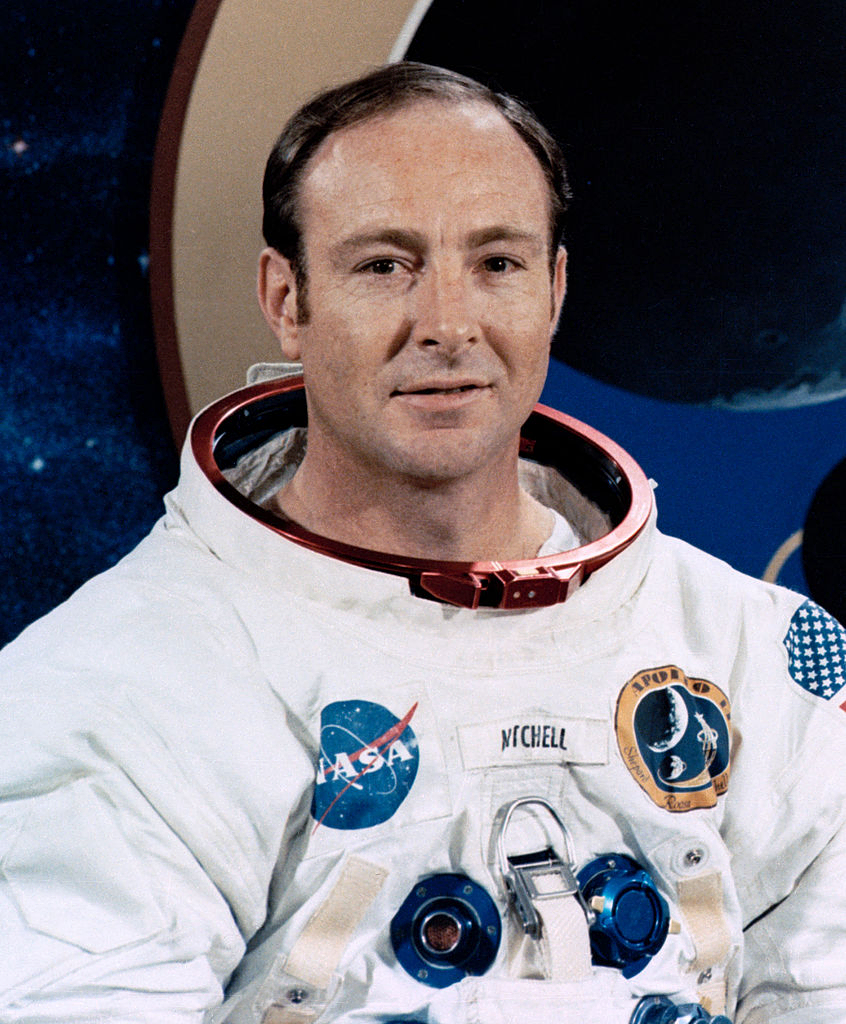
The notes allege after the meeting wrapped, Commander Miller spoke with Wilson for two hours about the crash of alleged UAP outside of Roswell in 1947 and the alleged conspiracy of silence perhaps led by the “Majestic-12,” a secret group of corporate and government insiders.
Here the notes indicate that the substance of what Miller shared with Wilson matched what Miller would eventually share with journalist Leslie Kean for an investigative piece on UAP and government secrecy published in May 2000 in the Boston Globe.¹⁵ (Later in notes, Wilson allegedly casts Miller’s willingness to talk with Kean as a violation to the “brotherhood” of intelligence officers).
According to the notes, after Wilson left the talk with Miller, he embarked on an investigation to discover whether the Majestic-12, or any high powered sect of UAP suppressors, truly existed.
Wilson’s (alleged) trail
According to the memo, Wilson “made calls, knocked on a few doors [and] talked to people” for several weeks. His first lead allegedly came from the most powerful officials in the department of defense, General H. Marshal Ward,¹⁶ the Under Secretary of Defense, and William J. Perry,¹⁷ the Secretary of Defense.¹⁸ Ward and Perry allegedly told Wilson to check the records of the Office of the Undersecretary of Defense for Acquisition, Technology, and Logistics (OUSDAT), the body largely responsible for tracking contractors for the U.S. military.
Wilson, according to the memo, followed the tip and found evidence of a secret group with a “black budget” that would, oddly, fluctuate by as much as a factor of seven.
Wilson went back to Perry, who allegedly confirmed that he, too, had found this strange group in the records. Perry allegedly said that in 1994 he ordered an investigation to discover who was behind it, but found that he — the Secretary of Defense — was stonewalled.¹⁹

According to the memo, Wilson then unearthed a series of clues, first from Major General Michael Kostelnik of the U.S. Air Force,²⁰ head of the Special Access Programs Coordination Office (SAPCO), which manages clearances to classified information, and then from Dr. Judith A. Daly, a high-ranking official at OUSDAT. Wilson at last discovered the name of a prominent aerospace technology contractor that acted as a base for the secretive group, according to the memo.
Here in the memo, Davis breaks into Wilson’s story, asking “Who?”
Wilson, in the words of the memo, responds: “Core secret - can’t tell.”²¹
Wilson then allegedly uncovered the name of the group’s “program manager,” and after a series of phone calls that led Wilson through a circuit of compartmentalized subgroups, he managed to leverage what he had found into an in-person meeting.
In June 1997, according to the memo, Wilson flew out to “their facility” and met three men in a conference room in a “secure vault.”²²
One was a retired National Security Agency official, another was the secret program’s director, and the third was a corporate attorney, according to the memo. They allegedly referred to themselves as the “watch committee,” or the “gatekeepers,” as they were the three charged with deciding who would gain access to the secret program.²³
The Gate
According to memo, Wilson demanded the three fully brief him on the program and accept that going forward, the program would submit to Defense Department oversight.
The three “gatekeepers” allegedly refused, saying that other officials in the past had tried to open the group, but that no one could gain access without meeting the criteria established within the group. According to memo, the gatekeepers then turned the tables on Wilson and demanded that he reveal the names of everyone he had talked to in the course of his investigation.
According to the memo, Wilson rejected the demand, saying that they fell under his authority. The gatekeepers allegedly told him that government authority was irrelevant to their criteria, and to prove it, they showed him their “bigot list.”²⁴
A “bigot list” is a list of people with access to a particular operation,²⁵ and according to the memo, the gatekeepers’ bigot list included 400 to 800 people, mostly consisting of “scientists and technicians” and “corporate types.”²⁶ Neither the President of the United States, nor any elected representatives or military personnel whom Wilson recognized were on the list, according to the memo.
According to the memo, Wilson demanded more from the secretive trio, and after a “loud groan” from the program manager, the retired NSA official gave the attorney the go-ahead to explain what the program was all about.²⁷
‘Not made by human hands’
According to the memo, the gatekeepers explained that they were guarding a reverse engineering program that had an “intact craft” that “was not of this Earth — not man made — not made by human hands.”²⁸
The gatekeepers allegedly said that they were trying to “understand and exploit” the technology, but that progress gained, if at all, was “agonizingly slow” because the secrecy of the program severed their scientists and engineers from the larger community of experts.
Wilson then pressed the gatekeepers on several famous UAP-related incidents — the Roswell crash, the Majestic-12, a famous sighting at Socorro, New Mexico, in 1964, and the alleged landing of a UAP at Holloman Air Force Base in 1974 — but the gatekeepers kept “mum,” the memo says.³⁰
Wilson once again demanded full access to the program, and gatekeepers again refused, telling him “do what you must,” the memo says.
At this stalemate, the meeting dissolved. Wilson allegedly returned to the Pentagon and briefed the Senior Review Group, the body that leads the Special Access Program Oversight Committee (SAPCO), which has authority over sensitive information at the Defense Department.³¹
A few weeks later, according to the memo, the Senior Review Group told Wilson that business with the contractor connected to the secret group would continue and that he had to drop his investigation.
If he persisted, Wilson allegedly learned, he’d be shuttled into early retirement before reaching the position of DIA director and would “lose 1 or 2 stars along the way.”³²
According to the memo, Wilson complied.
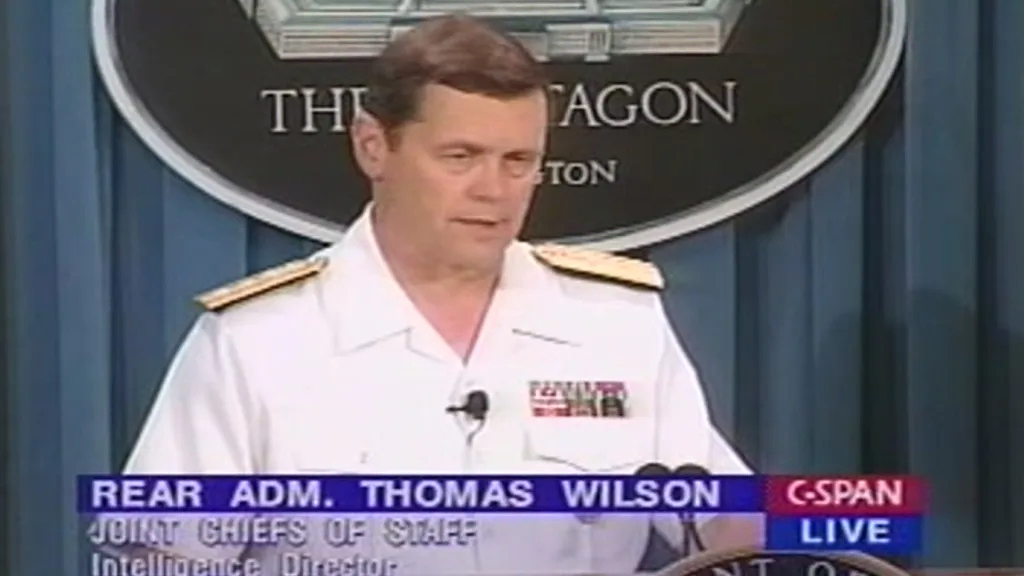
Davis picks up the thread
Reading the memo, one can infer that while Wilson dropped his investigation, he remained ill at ease with the idea of a secret cabal acting without government oversight to exploit non-human technology. Additionally, the memo indicates that Davis met Wilson to further his own quest to discover and gain access to that cabal.
According to the memo, Davis shared with Wilson a letter he received from Willard Miller, the naval commander who kicked off Wilson’s investigation with their conversation at the Pentagon in April 1997.
In the letter, which is attached to the memo,³³ Miller invites both Davis and Davis' partner, Dr. Harold E. Puthoff,³⁴ to Florida to discuss experiments in levitation, teleportation and time travel.³⁵ Additionally, Miller allegedly offers to help Puthoff and Davis track down what entities, government or corporate, are involved in “UFO crash retrievals” and teases knowledge of “alien reproduction vehicles” at the famed “Area 51.”
For further revelations, Miller allegedly lays out three conditions; Davis must
a) never mention Miller in connection with the investigation,
b) accept that no classified information will be divulged, and
c) pay Miller $180 an hour.³⁶
Beyond the memo
At the close of the memo, Wilson allegedly says that he’d prefer to never speak of these matters again. Davis allegedly says that he will keep his “mouth shut,” but will use the revelations to discern “signal/noise” and “track down the story” of a recovered UAP craft program.
The memo emerges
Seventeen years after the alleged meeting between Wilson and Davis, the memo appeared on the online sharing site Imgur.com.³⁷ The documents allegedly got to Imgur through a chain of people that goes back to the estate of Edgar Mitchell, the Apollo 14 astronaut. Mitchell died in 2016, and the story goes that a friend of his nicknamed “Spaceman” found the 15-page memo in a pile of Mitchell’s papers that were headed to the trash.³⁸
Spaceman remains unidentified.
As for Davis, he has refused to comment on the authenticity of the memo. He has, however, repeatedly and publicly alleged many of the memo’s central claims, namely that UAP craft have crashed on Earth, been retrieved by the U.S. government, and are currently subject to study by a secret group with the aim of reverse engineering non-human technology.
If the memo is authentic, and Davis’ public statements are accurate, it would appear that Davis got through the gate.
Davis behind the gate
In his statements to the press, Davis asserts that he is presently involved in a long-running UAP retrieval and reverse engineering program in the U.S.
The program, he says, is connected to the Pentagon and he has acted as its representative in briefings at the Defense Department, the U.S. Senate Armed Services Committee and the Senate Intelligence Committee.³⁹ ⁴⁰
To the New York Post, Davis confirmed that the program was called the Advanced Aerospace Threat Identification Program (AATIP), but that it has since changed names, leadership and location, none of which he would reveal. When pressed, Davis said that despite his deep involvement, he has no contract and has not signed a non-disclosure agreement, but that as a “patriotic American” with “security clearances,” he doesn’t “like to talk about sensitive stuff.”⁴¹
He added, “It’s the rules of the road over there. We’ve got lots of informal rules.”
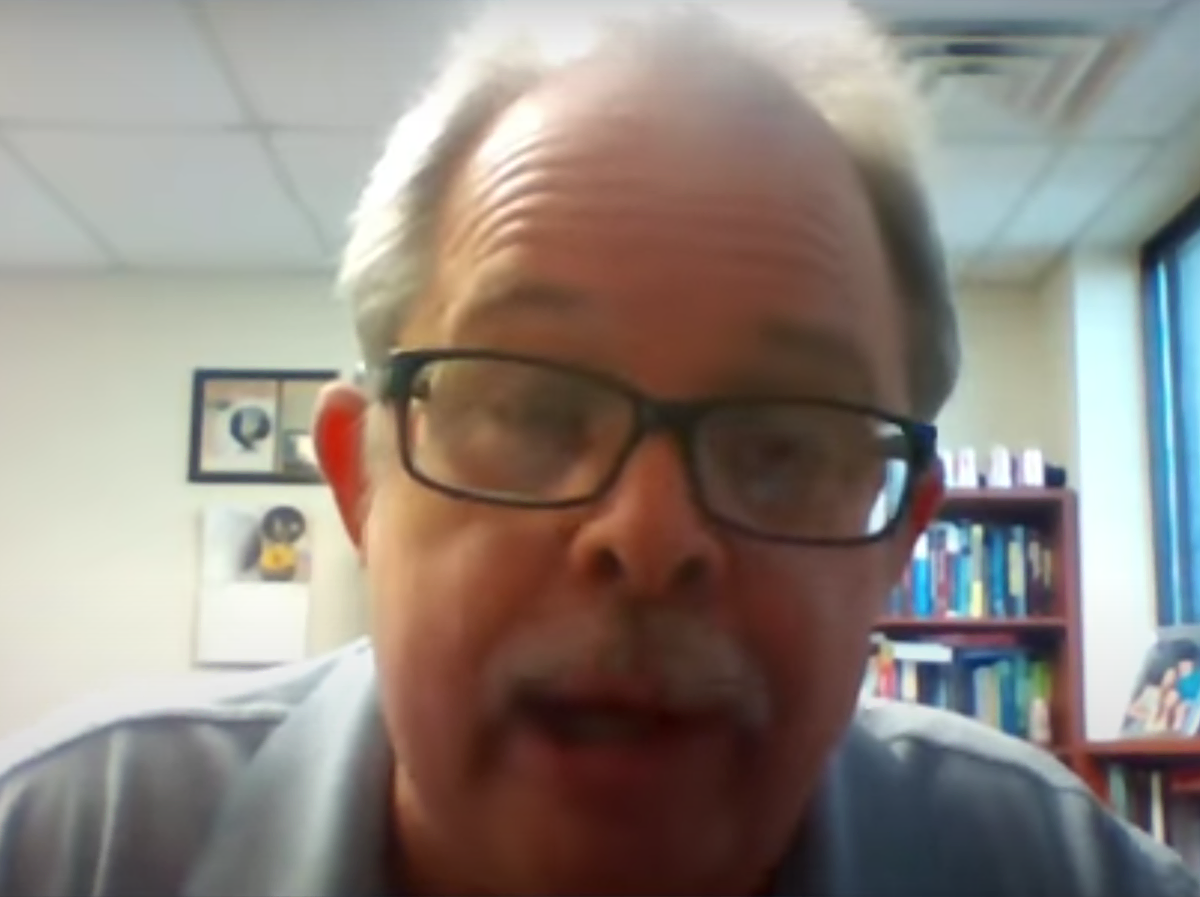
Secrecy and results
Davis’ depiction of the UAP reverse engineering program presents something of a contradiction.
On the one hand, he describes an ultra-secretive and exclusive program to which a “minute fraction” of the U.S. Government has any awareness of, let alone access.⁴²
On the other hand, Davis suggests that this security efficiency, which allegedly guards non-human technology that far oustrips our most cutting-edge capabilities, is maintained through an informal understanding.
This tension between near-impregnable secrecy and informality deepens if one also takes the Wilson Memo at face value; according to the memo, 400 to 800 people, mostly civilians, have had decades of access to and maintained the secrecy of a program that managed to stonewall officials as powerful as the secretary of defense.
Furthermore, according to Davis, UAP retrieval and reverse engineering programs are a global phenomenon.
“The superpowers on the earth have had their share of crashes,” Davis told Openminds.tv. “And they have recovered the vehicles from their crashes.”⁴³
Here, the alleged commonality of such programs begs the question of why more revelations and leaks haven’t come to light.
Davis inadvertently offers a potential answer: perhaps UAP reverse engineering programs fly under the radar, so to speak, because the results are negligible.
“They just don’t succeed,” Davis has said.
In this regard, Davis echoes the memo: the secrecy of programs cuts scientists and engineers off from collaboration, thereby stunting progress.
“Compartmentalization is killer,” he says. “Scientists cannot communicate with other scientists to get help.”⁴⁴
Wilson: It’s fiction
For his part, Thomas Wilson has consistently characterized the Wilson Memo as false and has denied nearly all the claims within it.
“It’s all fiction,” Wilson told journalist Billy Cox of the Sarasota Herald-Tribune.⁴⁵
Wilson has also said that while he can’t rule out having met Davis, he does not know the scientist.
“I wouldn’t know Eric Davis if he walked in right now,” Wilson told Cox. “I definitely did not sit with him in a car for an hour in Las Vegas,” Wilson said, adding, “I haven’t been to Las Vegas since 1979, 80.”
Wilson has further stated that he does not know Oke Shannon, the alleged connection between Davis and Wilson, or several of the other people the memo depicts as having close contact with Wilson.⁴⁶
Wilson has also pointed to other alleged inconsistencies, saying for instance that in 2002, he had long served outside the Navy, and so he wouldn’t have had a “petty officer” to drive him around.
Other denials have challenged the memo’s credibility. Specifically, former Under Secretary of Defense Noel Longuemare and retired U.S. Air Force General John Ralston, who were both senior officials at SAPOC, have contradicted the memo’s claim that Wilson briefed SAPOC and the SRG on his alleged investigation.⁴⁷
Meeting with Mitchell
Wilson has confirmed a sole claim from the memo; the former DIA head has said that in 1997 he took a meeting at the Pentagon with Edgar Mitchell, the Apollo 14 astronaut, and that subject of the meeting regarded secrecy around alleged retrieval of UAP craft.⁴⁸
In his lifetime, Mitchell also spoke publicly of the Pentagon meeting, though he was careful not to mention Wilson by name.
In 2008, Mitchell told Larry King of CNN that at the close of the meeting, a “Vice Admiral” had promised to discover the alleged “black budget” program because “as a matter of fact, [the Vice Admiral] should be in charge.”⁴⁹
Mitchell said that he learned several weeks later that the Vice Admiral had been rebuffed. Additionally, in a potential reference to Eric Davis, Mitchell said that a “contact” of his met with Wilson in Las Vegas and heard firsthand of Wilson’s failed attempt to rein in the alleged cabal.⁵⁰
Here, again, Wilson disagrees. Wilson says that despite meeting Mitchell at the Pentagon, he did not undertake a saga to pierce and take control of a secret spacecraft sect.
“I’m not saying there are no such programs because I don’t know. I didn’t check or follow up,” Wilson told Cox. “At the time I was up to my eyeballs in Bosnia and Kosovo and Korea and Iraq and, you name it, terrorism … I had enough black programs I had to deal with.”⁵¹
Following these denials, which many have dismissed as pro forma, interest around the Wilson Memo waned.
In 2022, however, the document briefly crossed from obscure discussion threads and into the broader media when Representative Michael Gallagher of Wisconsin asked Under Secretary of Defense for Intelligence and Security Ronald S. Moultrie during Congressional Hearings on UAP whether Moultrie was aware of the Wilson Memo.

“I am not,” Moultrie said. “I am not personally aware of that.”⁵²
The Wilson Memo was then committed to the congressional record of the hearings.